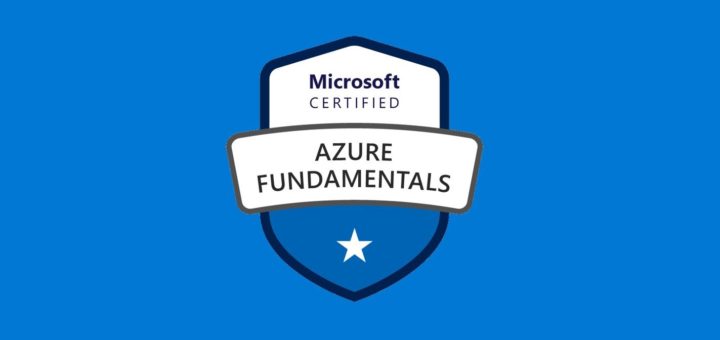Question #31
You have set up Individual AWS accounts for each project. You have been asked to make sure your AWS
Infrastructure costs do not exceed the budget set per project for each month.
Which of the following approaches can help ensure that you do not exceed the budget each month?
- A. Consolidate your accounts so you have a single bill for all accounts and projects
- B. Set up auto scaling with CloudWatch alarms using SNS to notify you when you are running too many Instances in a given account
- C. Set up CloudWatch billing alerts for all AWS resources used by each project, with a notification occurring when the amount for each resource tagged to a particular project matches the budget allocated to the project.
- D. Set up CloudWatch billing alerts for all AWS resources used by each account, with email notifications
Correct Answer: D
Consolidate your accounts so you have a single bill for all accounts and projects (Consolidation will not help limit per account)
Set up auto scaling with CloudWatch alarms using SNS to notify you when you are running too many
Instances in a given account (many instances do not directly map to cost and would not give exact cost).
Set up CloudWatch billing alerts for all AWS resources used by each project, with a notification occurring when the amount for each resource tagged to a particular project matches the budget allocated to the project.
(as each project already has an account, no need for resource tagging).
Question #32
When creation of an EBS snapshot Is initiated but not completed the EBS volume?
- A. Cannot De detached or attached to an EC2 instance until me snapshot completes
- B. Can be used in read-only mode while me snapshot is in progress
- C. Can be used while me snapshot Is in progress
- D. Cannot be used until the snapshot completes
Correct Answer: C
http://docs.aws.amazon.com/AWSEC2/latest/UserGuide/ebs-copy-snapshot.htmlQuestion #33
You are using ElastiCache Memcached to store session state and cache database queries in your infrastructure. You notice in CloudWatch that Evictions and GetMisses are Doth very high.
What two actions could you take to rectify this? (Choose two.)
- A. Increase the number of nodes in your cluster
- B. Tweak the max_item_size parameter
- C. Shrink the number of nodes in your cluster
- D. Increase the size of the nodes in the duster
Correct Answer: AD
https://docs.aws.amazon.com/AmazonElastiCache/latest/UserGuide/CacheMetrics.WhichShouldIMonitor.htmlQuestion #34
You are running a database on an EC2 instance, with the data stored on Elastic Block Store (EBS) for persistence. At times throughout the day, you are seeing large variance in the response times of the database queries Looking into the instance with the isolate command you see a lot of wait time on the disk volume that the database’s data is stored on.
What two ways can you improve the performance of the database’s storage while maintaining the current persistence of the data? (Choose two.)
- A. Move to an SSD backed instance
- B. Move the database to an EBS-Optimized Instance
- C. T Use Provisioned IOPs EBS
- D. Use the ephemeral storage on an m2 4xiarge Instance Instead
Correct Answer: BC
Question #35
Your EC2-Based Multi-tier application includes a monitoring instance that periodically makes application -level read only requests of various application components and if any of those fail more than three times 30 seconds calls CloudWatch lo fire an alarm, and the alarm notifies your operations team by email and SMS of a possible application health problem. However, you also need to watch the watcher -the monitoring instance itself – and be notified if it becomes unhealthy.
Which of the following is a simple way to achieve that goal?
- A. Run another monitoring instance that pings the monitoring instance and fires a could watch alarm mat notifies your operations team should the primary monitoring instance become unhealthy.
- B. Set a CloudWatch alarm based on EC2 system and instance status checks and have the alarm notify your operations team of any detected problem with the monitoring instance.
- C. Set a CloudWatch alarm based on the CPU utilization of the monitoring instance and have the alarm notify your operations team if C r the CPU usage exceeds 50% few more than one minute: then have your monitoring application go into a CPU-bound loop should it Detect any application problems.
- D. Have the monitoring instances post messages to an SOS queue and then dequeue those messages on another instance should the queue cease to have new messages, the second instance should first terminate the original monitoring instance start another backup monitoring instance and assume.
Correct Answer: B



